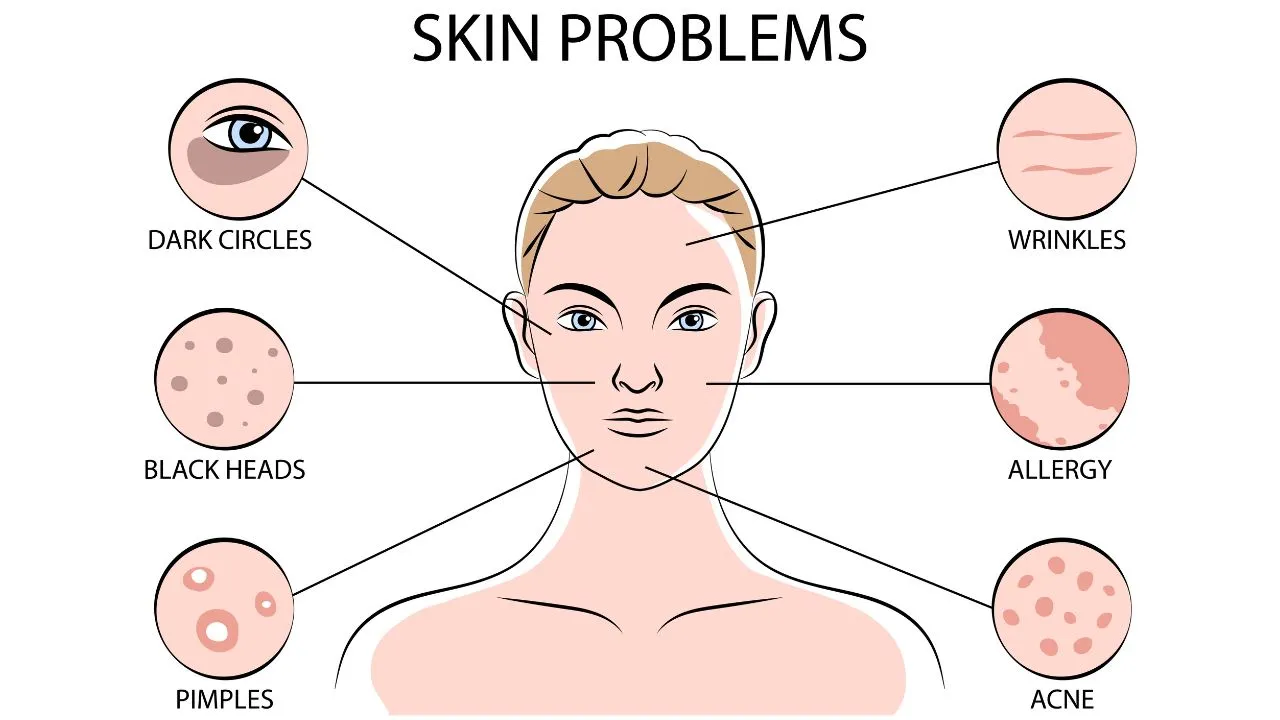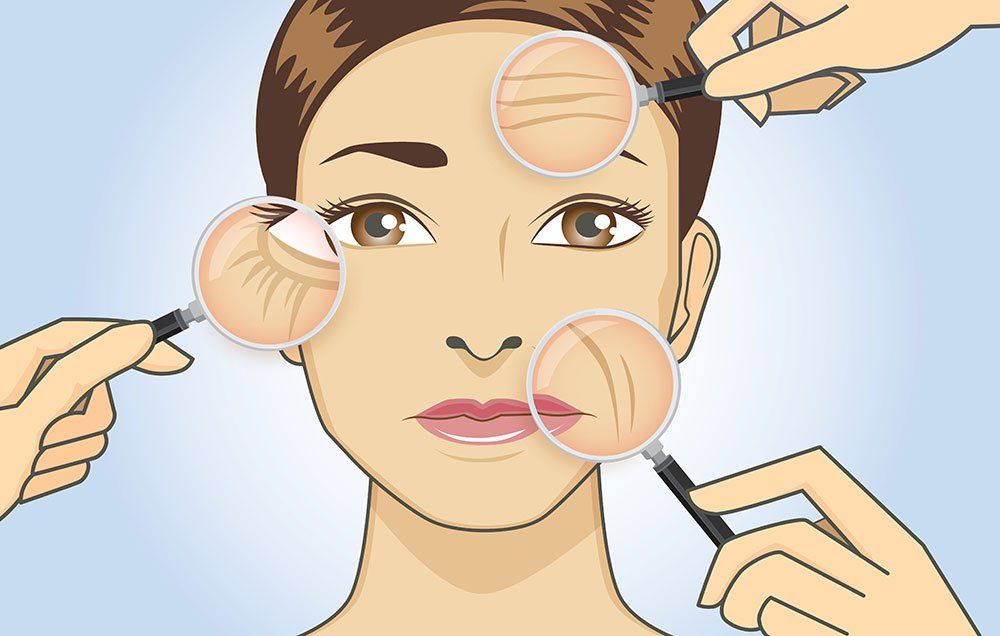Checking Out the most up to date Advances in Dermatology: Mohs Techniques for Efficient Skin Cancer Treatment
In the evolving landscape of dermatology, Mohs surgical procedure has arised as a groundbreaking strategy in treating skin cancer cells. This strategy, understood for its accuracy and efficacy, has actually revolutionized the domain, offering a beacon of expect individuals with basic and squamous cell carcinomas. As we unbox the details of this procedure and its edge over standard therapies, one can't assist yet ponder the transformative possible Mohs surgery holds for the future of skin cancer therapy.
Understanding the Principles of Mohs Surgical Treatment
A considerable number of individuals internationally are significantly transforming to Mohs surgery for skin cancer cells therapy. The efficiency of Mohs surgical treatment is impressive, boasting the highest success price among therapies for skin cancer cells, with a reported five-year remedy price of up to 99% for new cancers.
The Pioneering Duty of Mohs Surgery in Dealing With Skin Cancer
In spite of the myriad of skin cancer therapies readily available today, Mohs surgical treatment holds a distinctive pioneering role. Created by Dr. Frederic Mohs in the 1930s, this treatment has actually transformed the field of dermatology by using the highest possible treatment rate for skin cancer cells individuals. Mohs surgical procedure is particularly effective in treating aggressive and persisting cancers cells, making it a preferred option for skin cancers located in cosmetically sensitive or functionally vital locations.

The Procedure: A Step-by-Step Break Down of Mohs Surgical Procedure
Undertaking Mohs surgical procedure includes a careful, detailed procedure developed to remove skin cancer cells while preserving healthy tissue. Each layer is carefully taken a look at under a microscopic lense to examine for cancer cells. Unlike typical approaches, Mohs surgical treatment allows the cosmetic surgeon to precisely establish when the cancer cells has actually been completely removed, reducing the need for additional therapy.
Key Perks of Opting for Mohs Surgical Procedure: Efficacy and Precision

Mohs Surgical procedure vs. Typical Skin Cancer Therapies: A Comparative Evaluation
The relative evaluation between Mohs surgical procedure and conventional skin cancer cells therapies requires a complete understanding of both methods. The very first part of the exam will certainly translate the process of Mohs surgery, adhered to by an expedition of traditional treatments. The last aspect of the comparison will focus on the efficiency of each approach, supplying a clear comparison between Mohs and typical treatments.
Recognizing Standard Treatments
People battling skin cancer commonly face an overwelming selection of therapy alternatives. Standard therapies mostly include surgical excision, cryotherapy, radiation, and topical chemotherapy. In surgical excision, the malignant cells is removed together with some surrounding healthy skin. Cryotherapy uses extreme cold to kill cancer cells, while radiation treatment employs high-energy rays to ruin them (dermatologist). Topical chemotherapy involves using a lotion or gel straight onto the skin cancer cells. While these therapies can be efficient, they might additionally cause scarring, pain, and in some instances, reoccurrence of the cancer. As a result, the selection of treatment requires a cautious balance in between removing the cancer thoroughly and maintaining as much healthy and balanced skin as possible. The next area will explore the Mohs surgical procedure, a method that intends to achieve this equilibrium.
Deciphering Mohs Surgical Procedure
Considerable innovations in medical scientific research have paved the way for more nuanced and patient-friendly methods to skin cancer cells therapy. One such advancement is Mohs surgical treatment, a specialized procedure that masters dealing with specific sorts of skin cancer. Unlike typical therapies that frequently get rid of extra healthy skin around the growth, Mohs surgical treatment is a specific technique that includes eliminating skin cancer cells layer by layer while checking out each layer under a microscope until Read Full Article no cancer cells stay. This not only makes sure full elimination of cancer cells but also reduces damage to surrounding healthy tissue. Mohs surgical treatment is not appropriate for all skin cancers pop over to this web-site and client conditions, thus necessitating a careful assessment by dermatologists. The choice in between Mohs and standard treatments mostly depends on the particular situations of each patient.
Efficacy Comparison: Mohs vs. Standard
While both Mohs surgical procedure and typical skin cancer treatments have their advantages, a relative evaluation discloses distinctive distinctions in efficacy. The Mohs technique, including the removal of one skin layer at a time, has shown greater remedy rates for both main and frequent skin cancers cells. Client viability, cancer cells kind, and place substantially influence treatment end results.
Accepting the Future: The Growing Fostering of Mohs Surgery in Dermatology
This growing adoption is connected to the procedure's high treatment rates, specifically for basal cell cancer and squamous cell carcinoma, the most typical kinds of skin cancer cells. Mohs surgical treatment offers the advantage of protecting a lot more healthy and balanced cells than traditional techniques, making it a favored choice for treating cancers cells in cosmetically sensitive areas. Despite this, the future of dermatology appears to be embracing Mohs surgical treatment as a key weapon versus skin cancer cells.
Conclusion
In recap, the advancements in Mohs surgical treatment strategies have reinvented skin cancer cells treatment in dermatology. The procedure's accuracy in getting rid of cancerous skin layers while preserving healthy tissue has confirmed chemical peel its efficacy, resulting in high remedy prices and reduced recurrence. Given its supremacy over traditional methods, the adoption of Mohs surgical procedure is anticipated to expand, placing it as the future of effective skin cancer therapy.